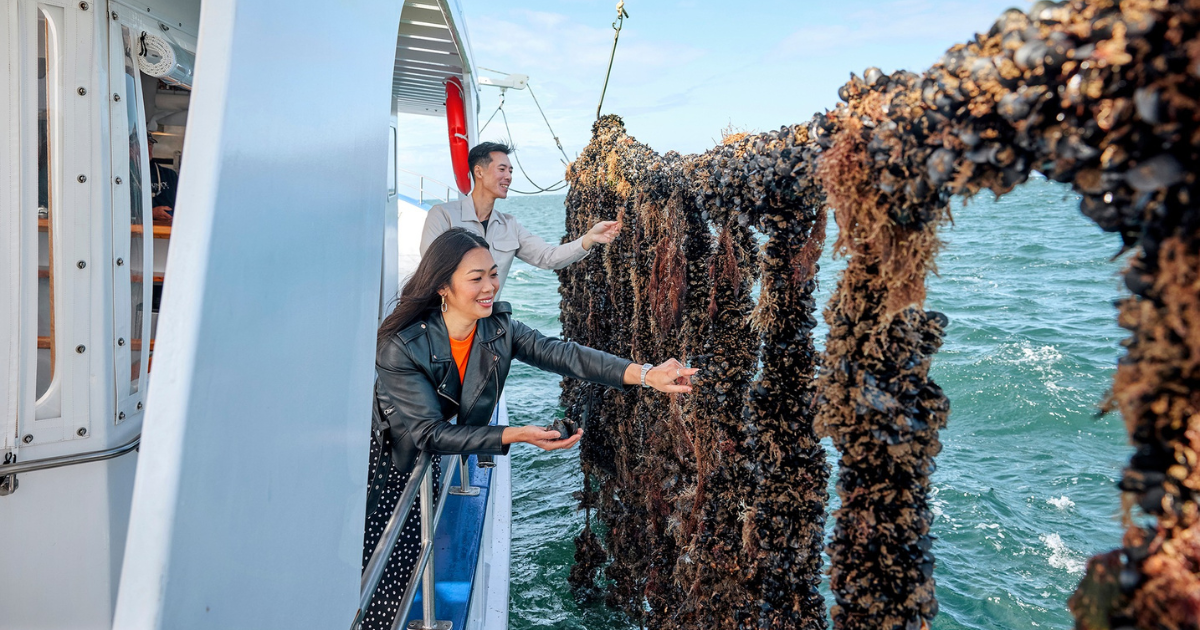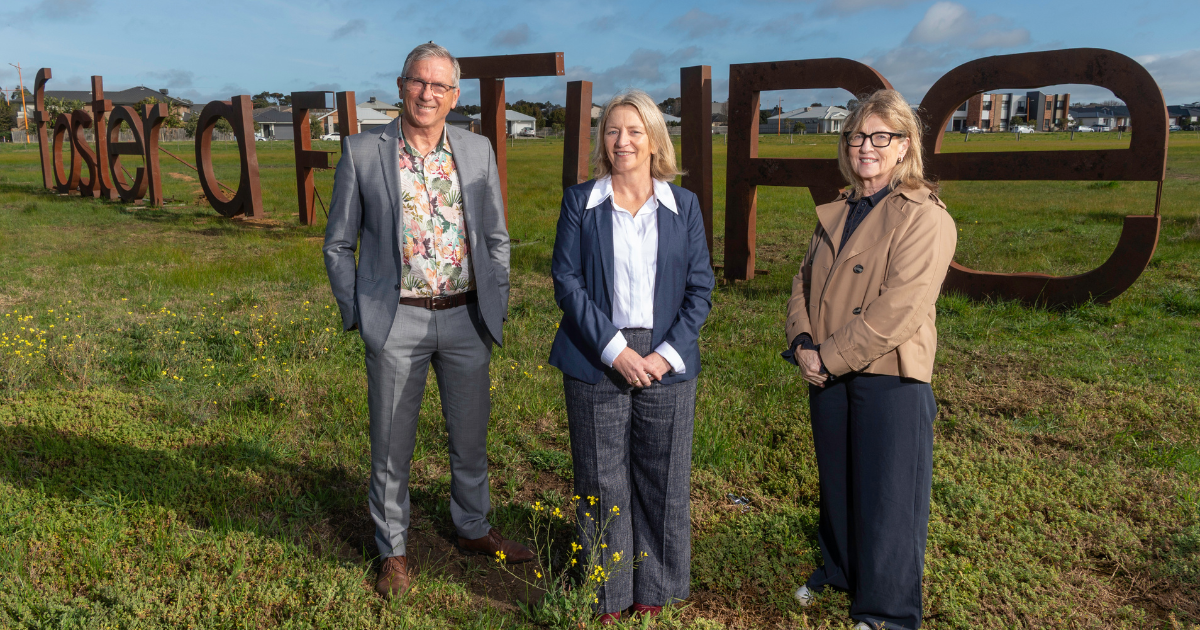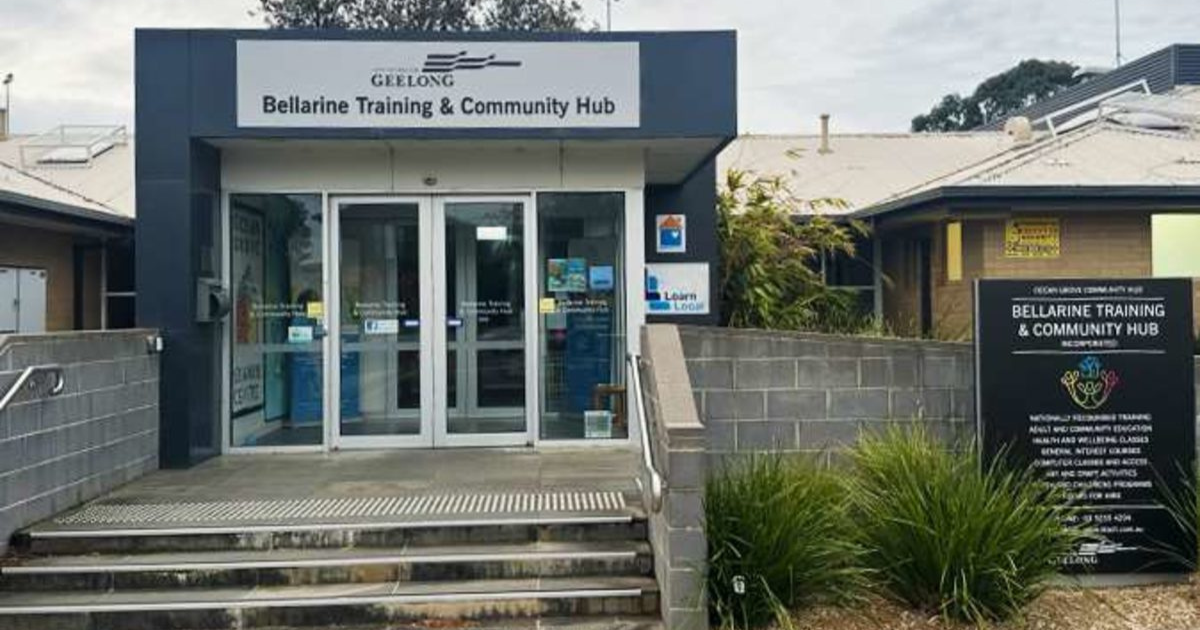Investigation reveals no cancer cluster on the Bellarine
AN INVESTIGATION has found that there is no evidence of a higher rate of cancer overall in any geographical areas of the Bellarine than elsewhere in Australia.
“The Chief Health Officer’s investigation of cancer rates on the Bellarine Peninsula” was released last week after media reports in December raised concern about a potential cluster of cancers on the Bellarine purported to be related to historical use of agricultural pesticides.
The reports linked cases to schools in the area, but increasing media coverage prompted community concerns about general rates of cancer across a broad area of the Bellarine.
Reports speculated that the historic use of the now-banned pesticide dieldrin in agricultural practices in the area may have contributed to higher cancer rates.
Dieldrin is classified as a probable carcinogen (Grade 2A) by the World Health Organisation’s International Agency for Research on Cancer (IARC). This is based on “limited evidence” for breast cancer in humans and “sufficient evidence” for liver cancer in experimental animals.
The analysis found that cancer incidence rates on the Bellarine Peninsula did not indicate that there was a higher rate of breast or liver cancer, leukaemia, multiple myeloma, brain cancers or non-Hodgkin lymphoma in the area.
“Furthermore, the cancers reported in the media are of different types suggesting they do not have a common cause,” the report states.
“Current scientific research does not suggest an association between dieldrin and the types of cancer that have been reported in the media.
“Any cancer in a young person is highly distressing for the individual, their family, friends and often, the broader community.
“Whilst generally cancer is common, cancer in young people is not and these illnesses are often easily recalled in communities.
“DHHS is committed to working with the community to ensure that their concerns are conscientiously addressed, and appropriate reassurance and support is provided.”
The primary source of data for this report was the Australian Cancer Atlas, which includes comprehensive cancer incidence data for all of Australia by geographical area.
The Atlas defines location by Statistical Area Level 2 (SA2), which is a standard geographical classification used by the Australian Bureau of Statistics, and covers Newcomb-Moolap, Leopold, Clifton Springs, Portarlington, Queenscliff, Ocean Grove-Barwon Heads, Torquay, Grovedale, Belmont and Geelong.


















